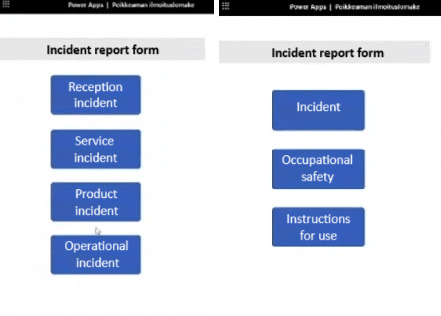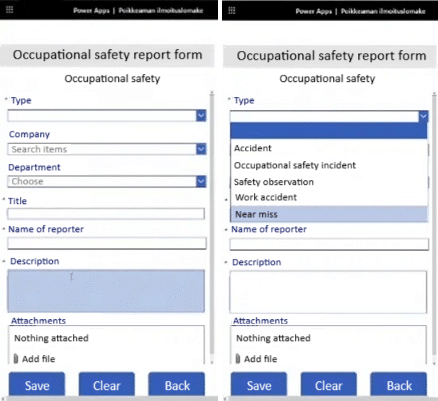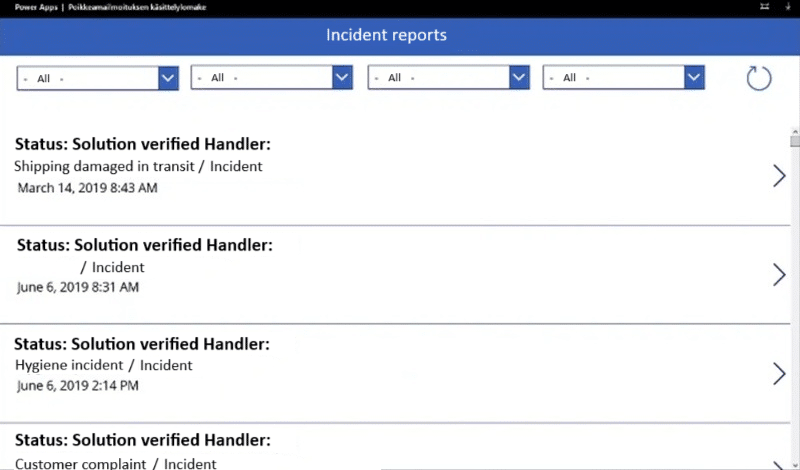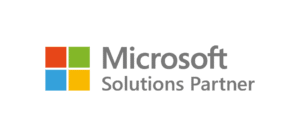Digitalization jumped a giant leap forward in several organizations during 2020, some leaping overnight as the corona spring started defining the daily routine of work in a way never seen before. According to a recent study by Microsoft, 88% of business executives in Finland say productivity is at least at the same level as remote working. So, there is no going back.
As new forms of hybrid work and ways of working find their way, the digitalization of businesses has become a key goal in companies and communities around the world. New types of cooperation needs require the discoverability and availability of information and documents anytime, anywhere, as well as transparency in processes, ways of working, and information management in general.
Meeting these needs further builds trust among dispersed teammates, project team members, and other colleagues. Remote work has been based on trust, and the spread of remote working in Finland has been overshadowed by fears of a decline in productivity until this year.
Emphasis on the importance of digitizing business processes
The normalization of remote work undeniably drives organizations to think about the digitalization of future operations, whether it be the electrification of sales, human resources management, or consumer feedback processing. The Microsoft Power Platform, therefore, provides a good starting point and prerequisites for supporting the digitalization of an organization, typically with relatively light work required cost-effectively.
A good example is cooperation with our customer as their digital partner, which started years ago to implement a digital strategy. Some processes had been digitized internally, but at the time, there was a desire to digitize more of them.
Incidents in operations caught with electronic PowerApps forms
The first digitization project solved the warehouse staff’s need for a centralized tool for reporting incidents by using a PowerApps form implemented with a mobile application. The form for incidents is divided into incidents in reception, service, and product, and operational incidents, where a clear form structure collects the necessary information and guides the user forward to the next step.

The report form for occupational safety incident is built to be simple. In addition to entering a few pieces of information, the user only needs to select the type of accident from the five categories. You can also include documents such as pictures of close call situations.

With the service incident form, order information can be retrieved from the ERP system based on the order number, item, and batch information. In this case, the Power Automate workflow in the background fills in the other sections of the form with the customer, order, and delivery-specific information from the ERP system.

Power Platform solutions provide rich data for the entire organization to utilize
Another application we developed is the handler’s view, through which incident reports are processed. The process includes the recording of the analyzed root causes and corrective actions by the appropriate parties. The solutions support a transparent operating environment and work culture with an attitude of continuous development when each stage of the process is known.

The solutions have significantly reduced the time spent manually entering and processing data, freeing it up for other work tasks. As an electronic process, data is collected and utilized in a much more complete way than before, enabling information management and decision-making based on it.
PowerBI reporting plays a key role in providing management with a better overview of incidents across the organization. Indeed, various PowerBI reports are used in a variety of ways to track different variations, which has helped to develop operations in both the short and long term.
It has been inspiring to see how actively the organization has started to use and develop the reports that Solu originally built for the different needs of the organization. This is typical of our clients, as they often want to edit and develop their reports themselves. Admittedly, it still depends on the person and the expertise on how to make comprehensive use of reporting.
Microsoft Power Platform supports the digitization of organizations
Power Apps’ no / low-code solution for agile and lightweight application development is an easy way to get started on a single project and expand the scale by leveraging lessons learned along the way. It makes it easy to combine data from several different sources without coding or interface knowledge – you can have SharePoint data in the background, for example. PowerApps also has a ready-made mobile app that is easy to use.
Workflows built with Power Automate automate data retrieval and processing in the background of PowerApps applications. The combination of the two allows for all those reduced working hours with manual and repetitive work tasks that handle large volumes of data.
As the basic processes run on their own digitally, serving the needs of the different users of the organization as well as possible, precious time and peace of mind – especially concentration – remain in the management of core tasks and the development of operations.
The lower the threshold for employees to use the tools and, for example, report suggestions for improvement, the better the organization will be able to utilize its personnel when developing the business.
Jere Palanne
CTO, Partner








